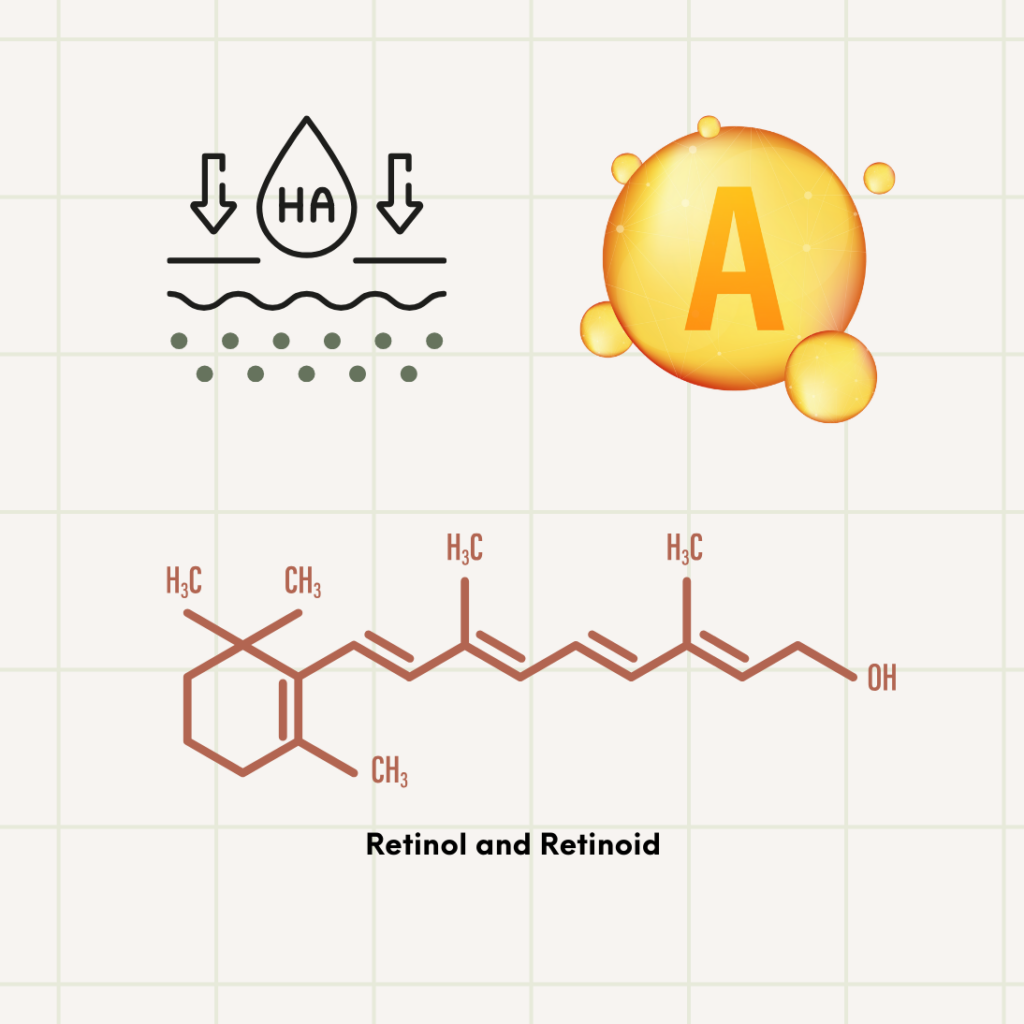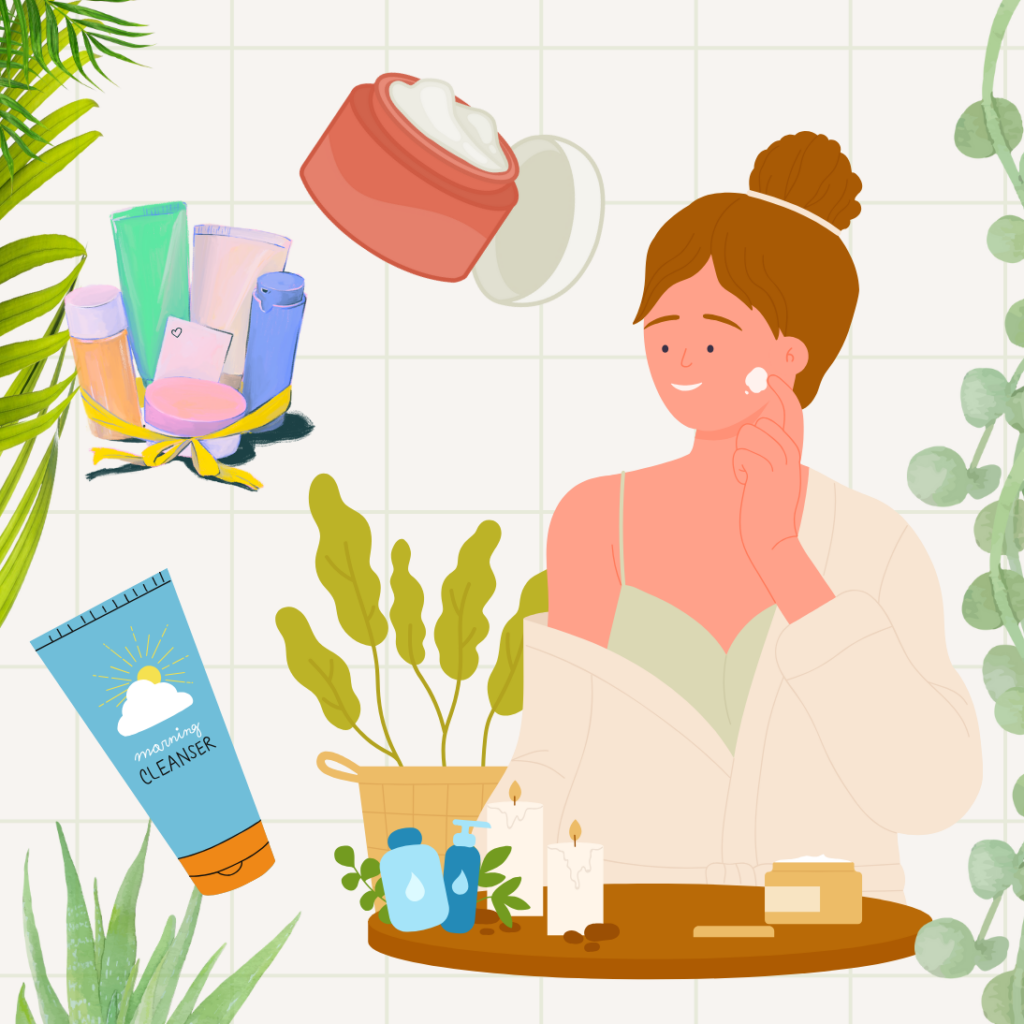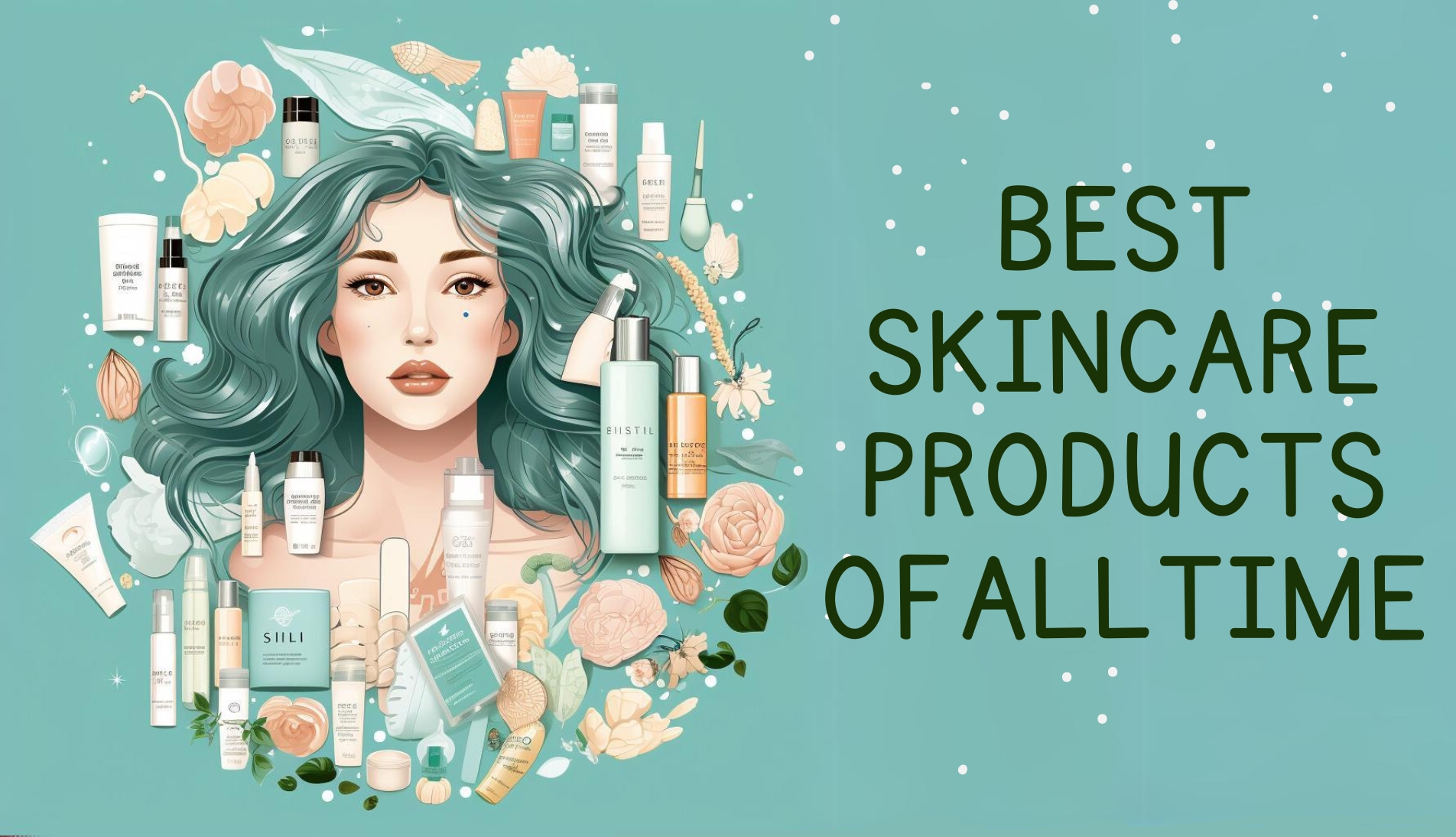Table Of Contents
Introduction
In the world of skincare, understanding retinols and retinoids are the first step toward achieving a vibrant complexion. But what are retinol and retinoids, and why are they so effective? Before you dive into these potent skincare options, it’s crucial to assess your skin’s sensitivity. However, knowing your skin type and the importance of patch testing sets the stage for a successful skincare routine. Next, we’ll explain to you how to choose the right product, find sensitive skin-friendly options, and gradually introduce them into your routine. Therefore, discover proper application techniques and the art of combining Retinol with other skincare products to achieve radiant results.
Understanding Retinol and Retinoids
In the ever-evolving world of skincare, two buzzwords have consistently grabbed the spotlight: retinol and retinoid. These ingredients are often hailed as miracle workers for achieving youthful, radiant skin. However, it’s important to use them wisely, considering your skin type and gradually incorporating them into your skincare routine. But what exactly are they, and what makes them so effective? To unravel the secrets behind retinol and retinoids, first understand why they have become skincare essentials.
What Are Retinol and Retinoids?
To comprehend the significance of retinol and retinoid, you must first grasp their identities. Although these compounds are derivatives of vitamin A and are crucial for maintaining the health and appearance of your skin,
- Retinol: Retinol is often found in over-the-counter products and is a milder form of vitamin A. However, it’s ideal for those who are new to the world of retinoids.
- Retinoids: Retinoids, on the other hand, encompass a broader category of vitamin A derivatives, including stronger prescription formulas like tretinoin. They are well-known for their powerful rejuvenating effects.

Why are they effective?
Now that you understand what retinol and retinoids are, it’s time to explain their effectiveness. However, these compounds work their magic by influencing your skin at a cellular level, promoting a range of transformative benefits.
- Cellular Renewal: Retinol and retinoids encourage the skin to shed old, damaged cells more rapidly, revealing fresh and youthful skin beneath.
- Collagen Production: By stimulating collagen production, they help improve skin elasticity. Therefore, it reduces the appearance of fine lines and wrinkles.
- Even Skin Tone: These skin superheroes also combat pigmentation issues. thus helping to fade dark spots, sun damage, and acne scars.
- Preventing Acne: Retinoids are known to unclog pores, making them particularly effective for managing acne.
Assessing Your Skin’s Sensitivity
Understanding your skin type and conducting patch tests are the initial steps in ensuring a safe and successful foray into the world of retinol and retinoids. By recognizing the importance of a patch test, you can proactively identify sensitivities or allergies to the product before applying it to your entire face. However, we’ll explore two fundamental components of this process: “Know Your Skin Type” and “The Importance of Patch Testing.”
Know Your Skin Type
Your skin is as unique as your fingerprint, and deciphering your skin type is essential to crafting a successful skincare routine. However, here’s a roadmap to help you unravel the mystery of your skin
- Daily Observation: Pay close attention to how your skin behaves throughout the day. Is it consistently oily, dry, or a combination of both? Recognizing these patterns is the first step in identifying your skin type.
- Consult a Professional: If your skin’s behavior is perplexing or if you’re unsure, consider seeking guidance from a dermatologist. They can conduct tests and provide expert insights to help you accurately identify your skin type.

The Importance of Patch Testing
Introducing a new skincare product, especially potent ones like retinol and retinoids, should be approached with caution. A patch test is your safety net against unexpected skin reactions. Hence, it allows you to assess compatibility and minimize the risk of irritation.
- Choose a Discreet Location: Opt for a less visible area, such as behind your ear or on your inner forearm, to conduct the patch test. This ensures that any potential reactions are inconspicuous.
- Be patient and observant: Leave the product on for at least 24 hours, closely monitoring for any signs of redness, itching, or irritation. However, this waiting period is essential for evaluating your skin’s response.
Choosing the Right Product
In the quest for radiant and healthy skin, selecting the right products is of paramount importance. By taking this gradual and cautious approach to your skincare routine, you set yourself up for a smoother and more comfortable routine with retinol and retinoid. However, we’ll explore two vital aspects that will help you make the best choices: “Finding Sensitive Skin-Friendly Options” and “Gradual Introduction to Your Routine.”
Finding Sensitive Skin-Friendly Options
For individuals with sensitive skin, finding the perfect skincare products is crucial. Moreover, here are some tips to guide you in the right direction
- Soothing Ingredients: Look for products containing soothing and hydrating ingredients such as hyaluronic acid, aloe vera, or chamomile. Thus, these can counteract the potential drying effects of retinol.
- Low Concentrations: Start with products that have a lower concentration of retinol or a milder retinoid, gradually increasing the strength as your skin builds tolerance.
- Avoid Harsh Additives: Check product labels to avoid harsh additives such as artificial fragrances, parabens, or sulfates, which can exacerbate sensitivity.
- Consult a Dermatologist: When in doubt, seek professional advice to identify products specifically formulated for sensitive skin.
Gradual Introduction to Your Routine
Introducing retinol or retinoids into your skincare regimen requires a cautious and gradual approach to minimize the risk of adverse reactions. However, here’s how to do it right:
- Start Slow: Begin with just a few applications per week to gauge how your skin responds.
- Use a Small Amount: A little goes a long way. Thus, applying too much can lead to unnecessary irritation.
- Moisturize and Protect: Always follow up with a moisturizer and sunscreen after applying retinol or retinoid. However, this safeguards your skin and prevents excessive dryness.
- Patience is Key: Give your skin time to acclimate. As a result, this will gradually become more apparent.

Application Tips and Best Practices
Now that you’ve learned how to choose the right retinol product, it’s time to dive into “Application Tips and Best Practices.” To explain, we will enlighten you about the proper application techniques and how to seamlessly integrate retinol with other skincare products for optimum results.
Proper Application Techniques
To reap the full benefits of retinol while minimizing potential side effects, understanding how to apply it correctly is crucial. Moreover, here are some expert techniques
- Start with a Clean Canvas: Begin with a clean face, using a gentle cleanser to remove dirt and makeup.
- Pea-Sized Amount: A little goes a long way. Use a pea-sized amount of retinol for your entire face to prevent over-application and irritation.
- Apply at Night: Retinol is sensitive to sunlight. However, it’s best applied in your evening skincare routine.
- Avoid the Eye Area: Retinol can be too potent for the delicate skin around your eyes. Thus, use a separate eye cream or avoid the area altogether.
- Patience is Key: Allow retinol to absorb for a few minutes before layering with other products.
Combining Retinol with Other Skincare Products
For many, a perfect skincare routine involves multiple products. It’s essential to know how to incorporate retinol seamlessly with other skincare items. Furthermore, here’s how
- Moisturize: After retinol application, follow up with a moisturizer to counteract dryness and maintain skin hydration.
- Sunscreen is Non-Negotiable: Always apply sunscreen in the morning to shield your skin from the sun’s harmful rays. This is especially important when using retinol, as it can increase your skin’s sensitivity to UV rays.
- Avoid Harsh Products: Refrain from using abrasive or exfoliating products in conjunction with retinol, just as this can lead to over-exfoliation and skin irritation.
- Consult a professional: If you’re unsure about how to integrate retinol into your skincare routine or if you’re already using other specialized products, consult a dermatologist for personalized advice.
Conclusion
In conclusion, understanding retinol and retinoids is the gateway to a healthier and more radiant complexion. However, armed with knowledge about what they are and why they’re effective, and after assessing your skin’s sensitivity, you can confidently choose the right products. Whether it’s finding sensitive skin-friendly options, adopting proper application techniques, or harmonizing them with your skincare routine, your journey to glowing skin is now well-informed and promising. As a result, always remember that consistency and patience are your allies on the path to skincare success.




